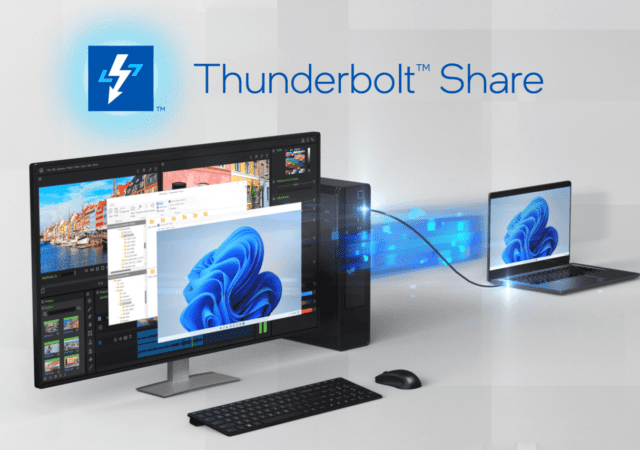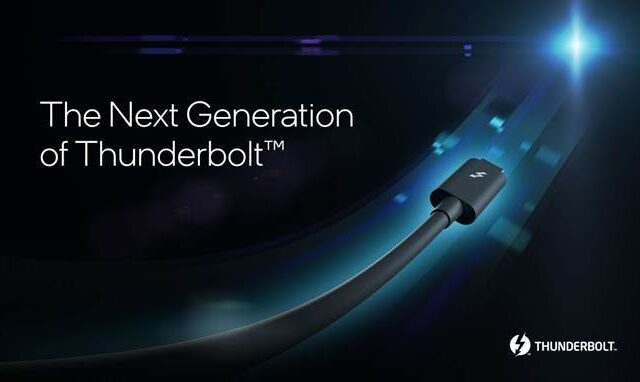Intel introduces new Thunderbolt Share for laptops with Thunderbolt 4 and 5 ports enabling further productivity.
The Next Thunderbolt is Here Supporting DisplayPort 2.1 Specifications, but it is Confusing
Intel has demonstarated the next generation Thunderbolt technology. The USB4 v2 Thunderbolt will now support DisplayPort 2.1 standards.




